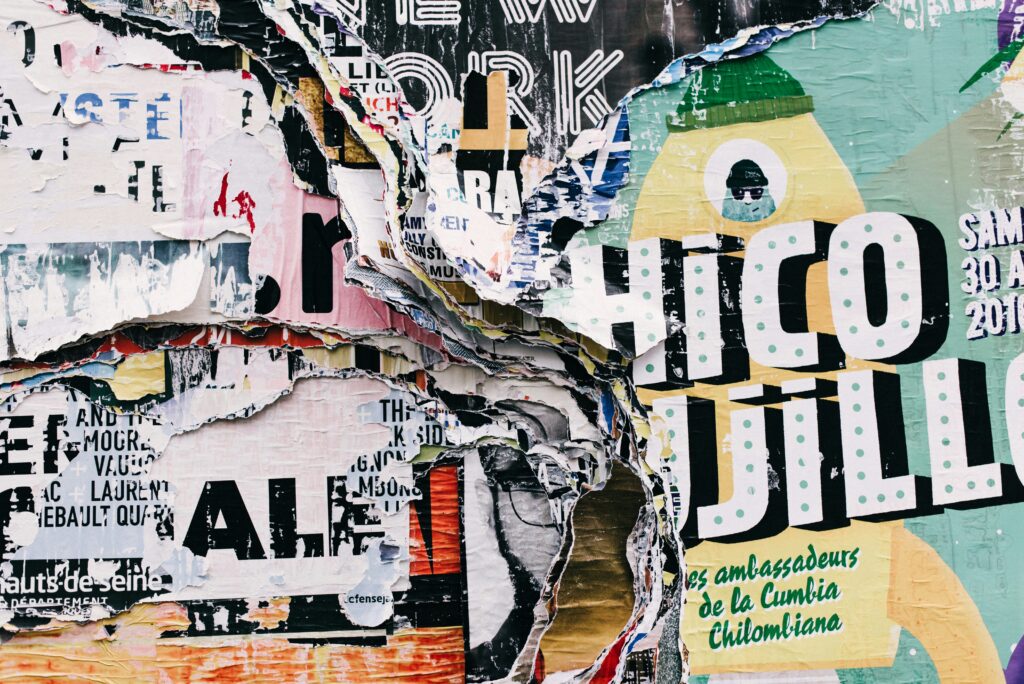The Orlando Museum of Art has dropped its legal claims against the owners of fake Basquiat paintings in an effort to reduce litigation costs. The museum initially filed a lawsuit for fraud and conspiracy against five co-owners of the paintings, alleging that they had falsely claimed the artworks were creations of renowned artist Jean-Michel Basquiat. However, the museum has now decided to narrow its case solely to its former director, Aaron De Groft, who was responsible for selecting and expediting the paintings for exhibition. The exhibition abruptly ended in 2022 with an FBI raid, during which the fake paintings were seized. It was later revealed that a Los Angeles auctioneer and an associate had forged the artworks.

Background Information
In 2022, the Orlando Museum of Art held an exhibition featuring purported paintings by the renowned artist Jean-Michel Basquiat. However, the exhibition was abruptly halted when the Federal Bureau of Investigation (F.B.I.) raided the museum. The F.B.I. seized the paintings after discovering they were fake. This significant event caused the cancellation of the show and raised questions about the authenticity of the artwork.
Reason for Museum’s Decision
The Orlando Museum of Art has decided to drop its legal claims against the five co-owners of the fake Basquiats. The primary reason behind this decision is to minimize the museum’s litigation costs. By narrowing the ongoing lawsuit, the museum aims to streamline the legal process and focus solely on its former executive director, Aaron De Groft. This strategy allows the museum to attain closure and move forward more efficiently.

Focus on Former Director
Aaron De Groft, the former executive director of the Orlando Museum of Art, is now at the center of attention. As the individual responsible for handpicking and fast-tracking the fake Basquiats for the exhibition, De Groft played a significant role in the controversy. The museum’s decision to focus on De Groft in the lawsuit highlights his involvement and accountability in the affair.
Details of the Exhibition
The exhibition of the purported Basquiats at the Orlando Museum of Art garnered significant attention and hype. The museum strategically promoted the show, creating excitement among art enthusiasts. The paintings were displayed prominently, drawing public interest and engagement. Initial suspicions arose regarding the authenticity of the artwork, leading to further investigation and the eventual raid by the F.B.I.

F.B.I. Raid and Confession
The abrupt end to the exhibition came in the form of an F.B.I. raid in June 2022. The Art Crime Team of the F.B.I. confiscated the paintings, revealing their fraudulent nature. Subsequently, a Los Angeles auctioneer confessed to the F.B.I. his involvement in creating forgeries of the Basquiat paintings. Shockingly, some of the paintings were allegedly forged in as little as five minutes, raising questions about the museum’s due diligence and the art world’s vulnerability to deceit.
Original Lawsuit
In August 2023, the Orlando Museum of Art filed a lawsuit against the five co-owners of the fake Basquiats, including Aaron De Groft. The lawsuit alleges charges of fraud, conspiracy, and breach of contract. Seeking unspecified damages, the museum aimed to hold all involved parties accountable for their roles in perpetuating the forgery and deceiving the museum and the public.

Impact on the Museum
The scandal surrounding the fake Basquiats has had a profound impact on the Orlando Museum of Art. The museum’s reputation has been significantly damaged, leading to a loss of public trust and credibility. Additionally, the financial consequences of the scandal have been substantial, affecting the museum’s operations and long-term sustainability. Rebuilding trust with the public is now a priority for the institution.
Response from Co-Owners
The recent decision by the Orlando Museum of Art to drop the legal claims against the co-owners of the fake Basquiats has prompted various reactions. While some may view the dismissal of the claims as a victory, it is crucial to note that the co-owners were still involved in the perpetration of the forgery. This dismissal does not absolve them of their responsibilities and potential legal ramifications.

Legal Costs
Cutting litigation costs has been a significant factor in the museum’s decision to drop its claims against the co-owners. Engaging in legal battles can be financially burdensome for any institution, and the Orlando Museum of Art is no exception. By narrowing the focus of the lawsuit to Aaron De Groft, the museum hopes to reduce its legal expenses while still seeking accountability and justice.
Next Steps
Moving forward, the museum plans to continue its lawsuit against its former executive director, Aaron De Groft. Holding De Groft accountable for his role in the scandal is vital to ensuring justice and preventing similar incidents in the future. Additionally, the Orlando Museum of Art aims to recover from the reputational and financial damage caused by the fake Basquiats, focusing on renewal and rebuilding its standing within the art community and the public.
In conclusion, the Orlando Museum of Art’s decision to drop its legal claims against the co-owners of the fake Basquiats reflects its effort to cut litigation costs and attain closure. The focus on the former director, Aaron De Groft, underscores his role in handpicking and fast-tracking the fraudulent paintings. The exhibition’s details, the subsequent F.B.I. raid, and the confession of forgery have shed light on the extent of the scandal. The original lawsuit and its impact on the museum’s reputation and finances emphasize the need for accountability and trust rebuilding. The response from the co-owners, the assessment of legal costs, and the next steps demonstrate the museum’s commitment to justice and recovery.

